Lisbon is known for its fantastic weather and the friendliness of the locals: generally, everybody is willing to help you, especially if you bring the kids!
Plus, the city has a rich cultural history. You can see many monuments, traditional and historic places but also have access to the most up-to-date family-oriented facilities. In Lisbon you can find history and modernity immersed in a vibrant and multicultural city.
Here are some suggestions that will make the best and the most of your family visit.

Visit a Local Market and Try the Local Gastronomy
Lisbon’s cuisine is Mediterranean based, thus it is rich in fish, vegetables and olive oil: a true definition of healthy food, which you can easily find in local markets. Although restaurants offer simple menus for children and vegetables soup is always available, make sure you and the kids try some of the most common local dishes like bacalhau (locals say there are 365 different recipes to cook cod fish), grilled fish (in general, every fresh fish is good, but during summer make sure you try grilled sardines) and rice. Indeed, the Portuguese are the largest consumers of rice in Europe, which means that together with the cod and the grilled fish, most restaurant menus will include some rice specialties such as arroz de polvo (octopus rice), arroz de pato (duck rice) or arroz de marisco (with a variety of seafood). When, you visit the city you should also indulge in local pastries. The traditional custard tarts (pastéis de nata) are available at every café and are not to be missed.

Cross the River and Be Amazed by the Beauty of Lisbon
To get the best view of the city, be sure to cross the river on a ferryboat (cheap and fast) from Cais do Sodré to Cacilhas. If you have time, take the opportunity to walk west and go up the elevator that leads you to the old city of Almada. There, you can find Casa da Cerca, an arts exhibition center with beautiful gardens and the best views of Lisbon. This will take you a relaxed half-day tour and is well worth the trip.
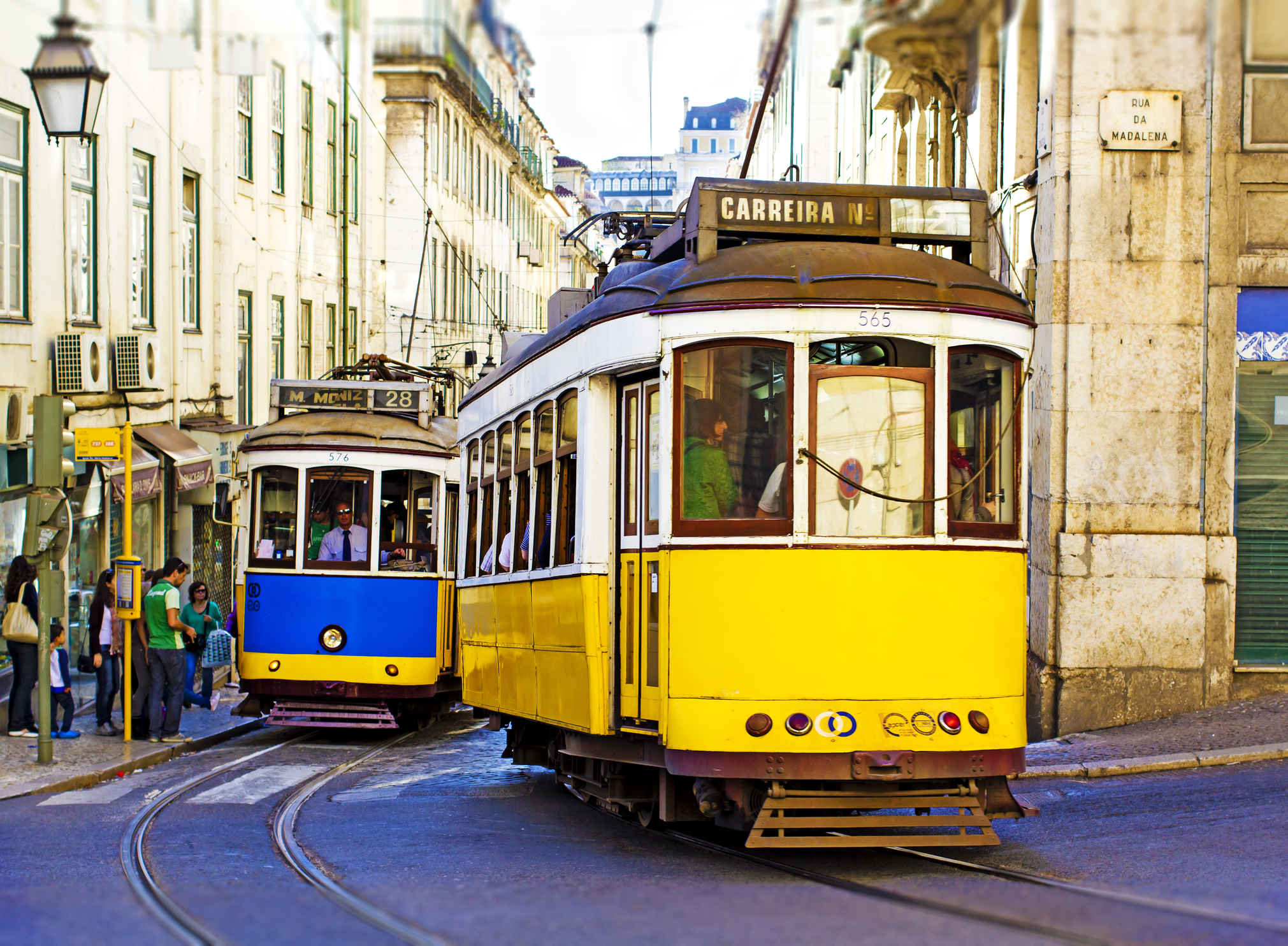
Use Public Transportation
Public transport (subway, bus, trams) are safe and swift. They are the best way to go anywhere in the city, especially if you stay close to the city center. The subway network is modern and almost every station has a design by a renowned artist or architect. These themes are based on interesting subjects, such as historical events, traditional characters or local arts and crafts, which is fun for kids. One of the biggest city icons are the trams, which drive through the narrow streets of the oldest historic neighborhoods. It’s an exciting ride that’s comparable to a rollercoaster. Make sure to use one of the traditional funiculars that will take you and your family up to the sloped hills of the city.
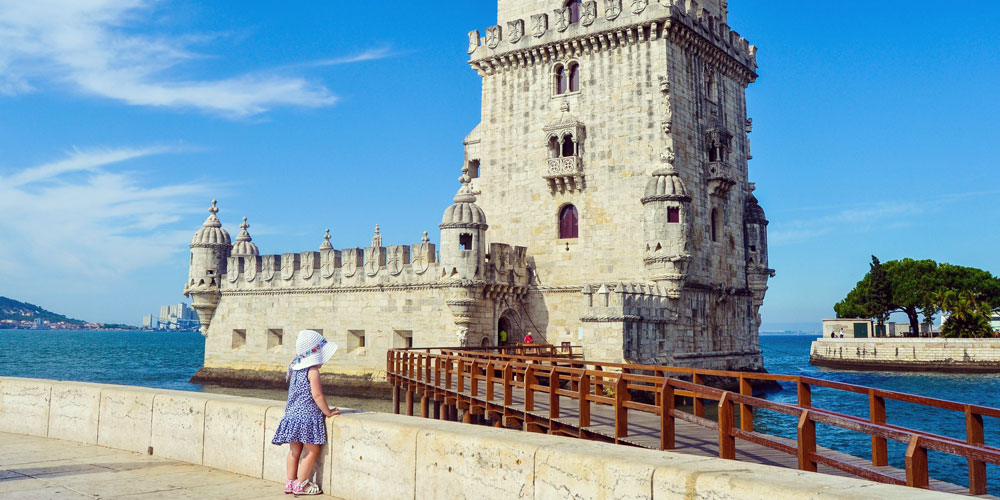
Rent a Bike and Ride to Belém
Belém is the most visited areas of the city, mostly due to the enormous concentration of monuments and museums. To make it really special, rent bikes and ride the path along the river to Belém.
Some of the monuments to check out include Torre de Belém and Mosteiro dos Jerónimos, which were built centuries ago using a local architectural style inspired by the sea and the exotic lands discovered by the Portuguese naval adventure. The Padrão dos Descobrimentos symbolizes the richest period of Portuguese history with its carvings of navigators, princes, kings, scientists and artists.
In a much more modern style, but still majestic, is the Centro Cultural de Belém (Cultural Center of Belém) and the MAAT (Museum of Arts, Architecture and Technology), which have become must-see places thanks to their arts collections and exhibitions.
And you can’t leave this side of town without trying its famous pastry: the original pastéis de nata (custard tarts), served warm with cinnamon, at Pastéis de Belém.

Spend a Day Visiting Parque das Nações
The Parque das Nações is a former industrial site at the shores of Tagus river. It was transformed to host the ocean-themed international exhibition Expo ’98. When the exhibition ended, the entire site was converted into a residential site with modern offices spaces and numerous cultural and entertainment facilities.
Here you must visit the Oceanário, one of the biggest aquariums in Europe, representing the main oceans and habitats of the planet, including not only fish, but also birds and plants. Also check out the Pavilhão do Conhecimento, a science center.
Don’t miss a tour on the local cable car and also a stop at the water gardens and the music gardens, where you will find mechanical machines and instruments for kids to explore and experiment.

Spend Time Relaxing in Gardens
Spending a few hours in a garden is the perfect way to rest and get away from the buzz of the city. But in Lisbon, some of the nicest gardens also have playgrounds for the kids.
Spending an afternoon at the Calouste Gulbenkian Museum, visiting the collections of ancient and modern art and taking a long walk in the garden, is undoubtedly one of the best family experiences in Lisbon.
Jardim da Estrela (located close to the Estrela basilica and on the route of the famous tram 28) is also be a good bet. There’s ice cream and lots of fun to be had in the playground.
For a really magical place, visit the Estufa Fria (Green House), a botanical garden with a great variety of exotic plants. There are also labyrinthine paths, caves, small waterfalls and a children’s playground where you can linger in the afternoon and have snacks at the kiosk.
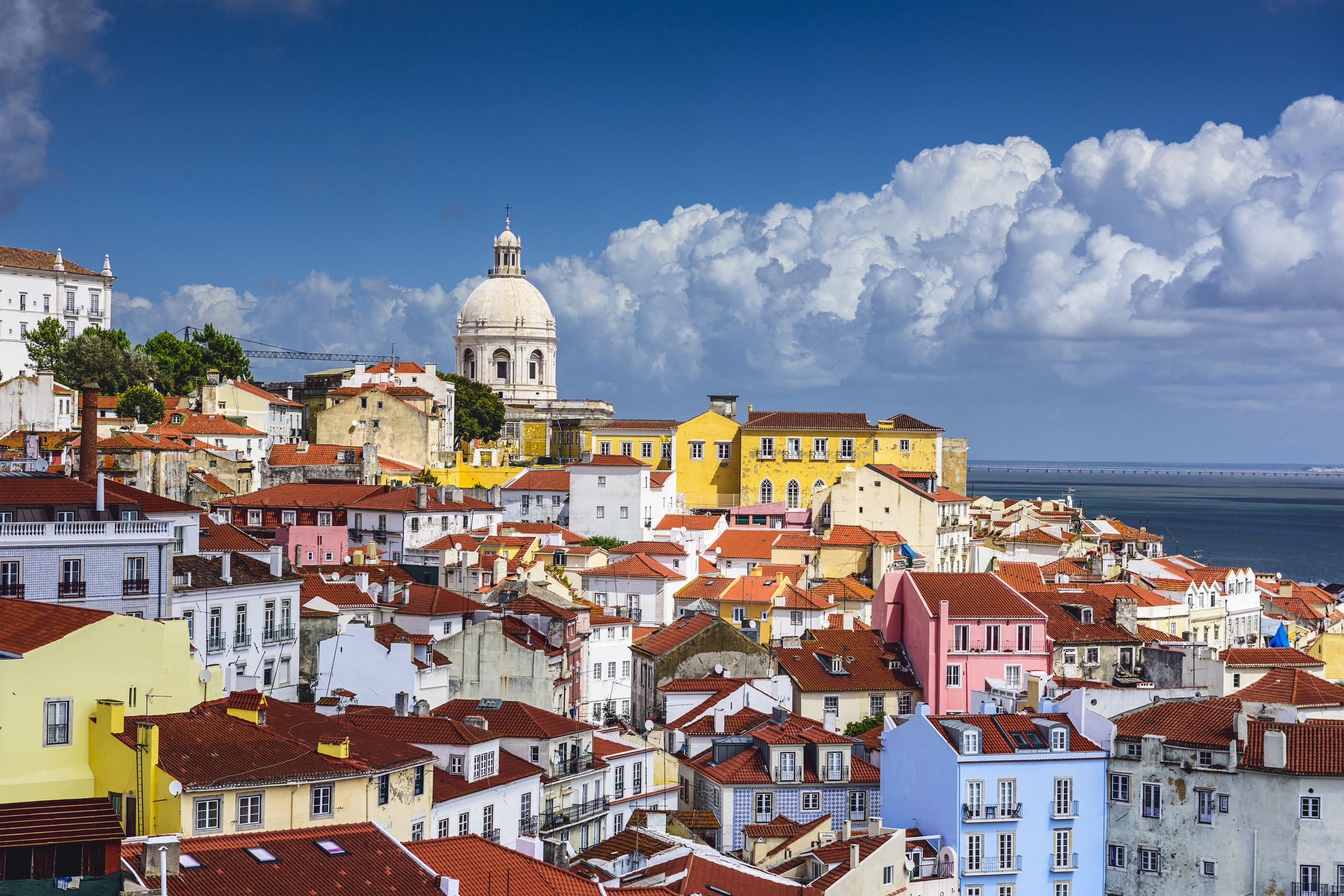
Get Lost in Alfama
If you want to get a glimpse of a traditional neighborhood, venture into the historic Alfama. Let your kids’ curiosity guide you as you wander up and down the numerous stairs, in between narrow streets and around small courtyards. You’ll see outstretched clothes hanging on the windows and children running and laughing in the streets.
This will also be your best opportunity to take the most beautiful photos of your trip, as Alfama is very close to the riverside.

Explore Downtown Area
While visiting Lisbon, there is no way of skipping downtown (Baixa Pombalina). This area in the city center was rebuilt after the big earthquake of 1755, in which a great part of the city was destroyed. Visiting Lisbon Story Centre will introduce you to the history and the main events that have led to the current configuration of the city. The exhibition is dynamically and visually animated, guided by audio (kids can get a kid-adapted version).
After visiting the Story Centre, a cherry on top is the ascent to the Arch of Rua Augusta, where the views of downtown’s main square – Praça do Comércio — and the river are amazing.
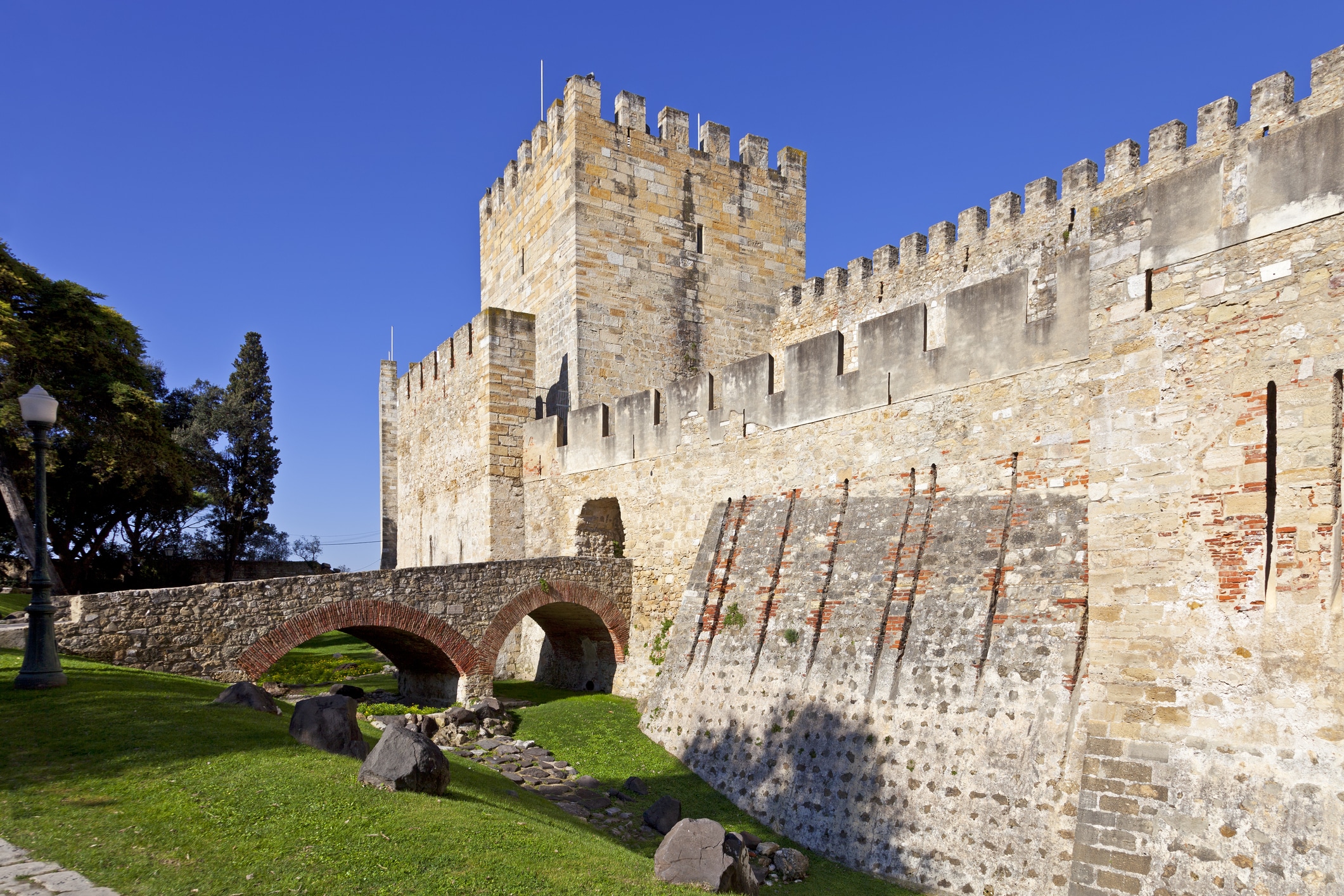
Visit the Castle of São Jorge
This is one of the most emblematic monuments of the city, placed on top of one of the highest hills, providing some of the best views of the city. The walls date from the 11th century, but there are some archeological remains on site from the 7th century B.C. Nowadays, the castle includes the fortification (remember, it is not every day that modern kids can actually enter and explore a real fortress from the Middle Ages!), the ruins of a former medieval royal residence, the archaeological ruins, a museum and a periscope (Tower of Ulysses). The periscope, one of the highlights for youngsters, is an optical system of lenses and mirrors that gives visitors detailed views of the city in real time.
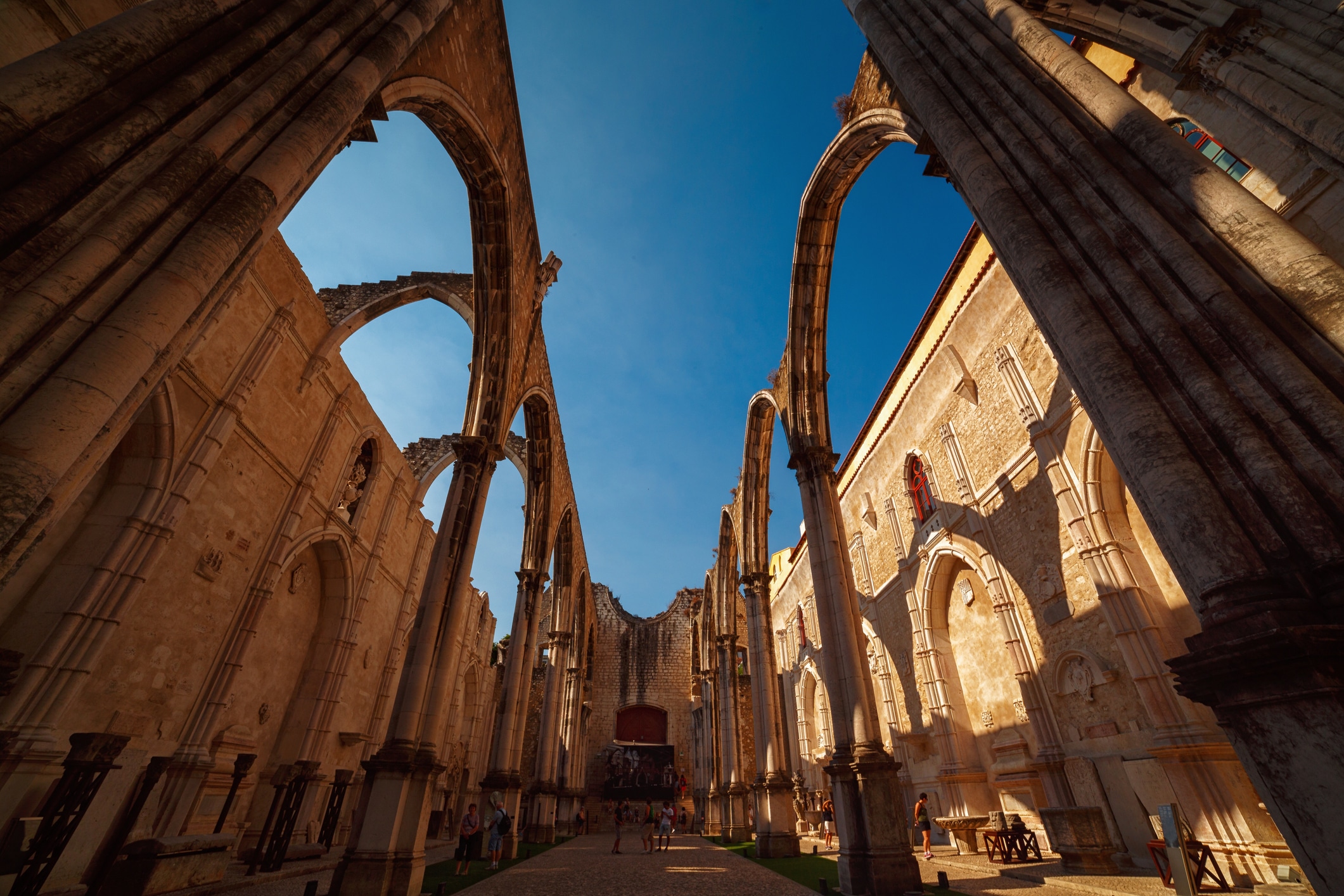
Visit Fun Museums
In Lisbon there are dozens of museums with diverse themes. Here are a few your family will ove.
The Puppets Museum has a rich collection of articulated figures and masks from all over the world, which your family can see while also playing games with the puppets.
The National Museum of Natural History and Science has many exhibitions, mainly focused on Portuguese geology, botanic and zoology. Visiting the Botanical Garden right next to the Museum is a must, but the Borboletário (translated as Butterfly’um) is a favorite among the youngest visitors.
The Money Museum is one of the city’s newest museums. It uses modern technology to entertain kids, as well as curiosities. They’ll see the ruins of a 13th century city wall, check out the incredible old church building where the museum is housed, gape at the giant safes and marvel at holding a real gold bar.
Speaking of churches that are no longer churches, how about visiting an old church without a roof? The old church of Carmo — destroyed by the great earthquake of 1755 – is now the Archaeological Museum, complete with mummies and sarcophagi. The building remains partially destroyed in memory of the great event that shook the city in the eighteenth century.
For more on visiting Lisbon, see Little Lisbon.

